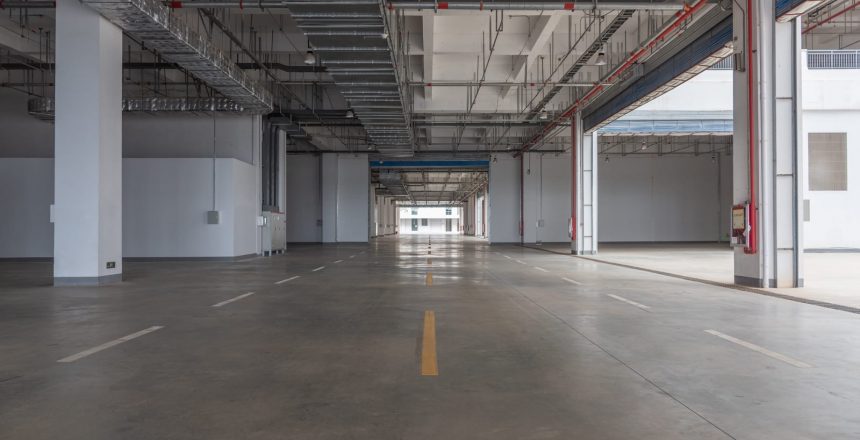Damaged or cracked concrete should never be ignored. If left alone, then the damage will only get worse, leading to dangerous situations and even injuries. The focus should be to keep all concrete in good condition, which makes concrete column repair essential for every single building.
Columns have been an essential architectural invention since they first appeared in buildings during the Bronze Age, starting around 3000 BCE. Wooden tree trunks were turned upside down and then used to support the roof of relatively small buildings. It was not until the Greeks started transitioning away from wood in the 8th century BCE, incorporating stone bases to their columns in many structures.
Buildings began getting much larger, and architectural feats were more grand. This Romans standardized column production in the 1st century BCE, preferring to use single monolithic shafts. An amazing example of these columns can still be seen today in the Pantheon, which is a lasting testimony to the Roman architects.
Using columns for support has been around for centuries because they are a strong and efficient use of the materials available. When those materials break down, in this case concrete, repairs and restoration are necessary for the overall well-being of the building.
Concrete column repair can be categorized in two ways, surface or cosmetic repair, and structural repair. Surface repair covers only local deterioration, while structural repair restores and strengthens the affected column. Before either repair is conducted, the axial dead load, live load, and horizontal load need to be known.
Tried and true methods of concrete column repair have been used for generations. The first step in the process involves unloading the column, and without unloading the new repair will hardly carry any load. With significant concrete deterioration, the load needs to be redistributed before supplemental steel bars are introduced.
After all that has been done, concrete can be removed. If there is any corroded reinforced steel, they can be sandblasted to remove the corrosion. Otherwise, bars with excessive damage need to be replaced. The same goes for any corroded ties.
Insufficient load-carrying capacity may result when the concrete strength is low. Some alternative solutions include shoring the column and replacing concrete, shoring the column and increasing the size of the column, wrapping the column with carbon or glass reinforced plastic, or installing a supplemental column.
Keeping your structure standing means having your concrete columns in good standing, and D.C. Byers Company/Grand Rapids can help prevent that damage through any means necessary. Both commercial and residential buildings need to be safe for those inside.
To get a quote on your concrete restoration needs, call DC Byers Company/Grand Rapids today at (616) 538-7300. Our experience and expertise allow us to assess the damage correctly and plan how to perform the repairs to allow you to use your space properly.
For concrete restoration and repair, DC Byers Company/Grand Rapids looks at all the factors contributing to the deterioration of the concrete. By understanding the underlying problems, we can start working on the most satisfying and cost-effective solutions.
